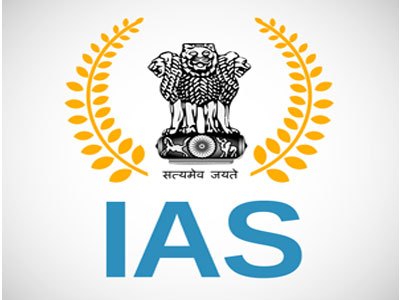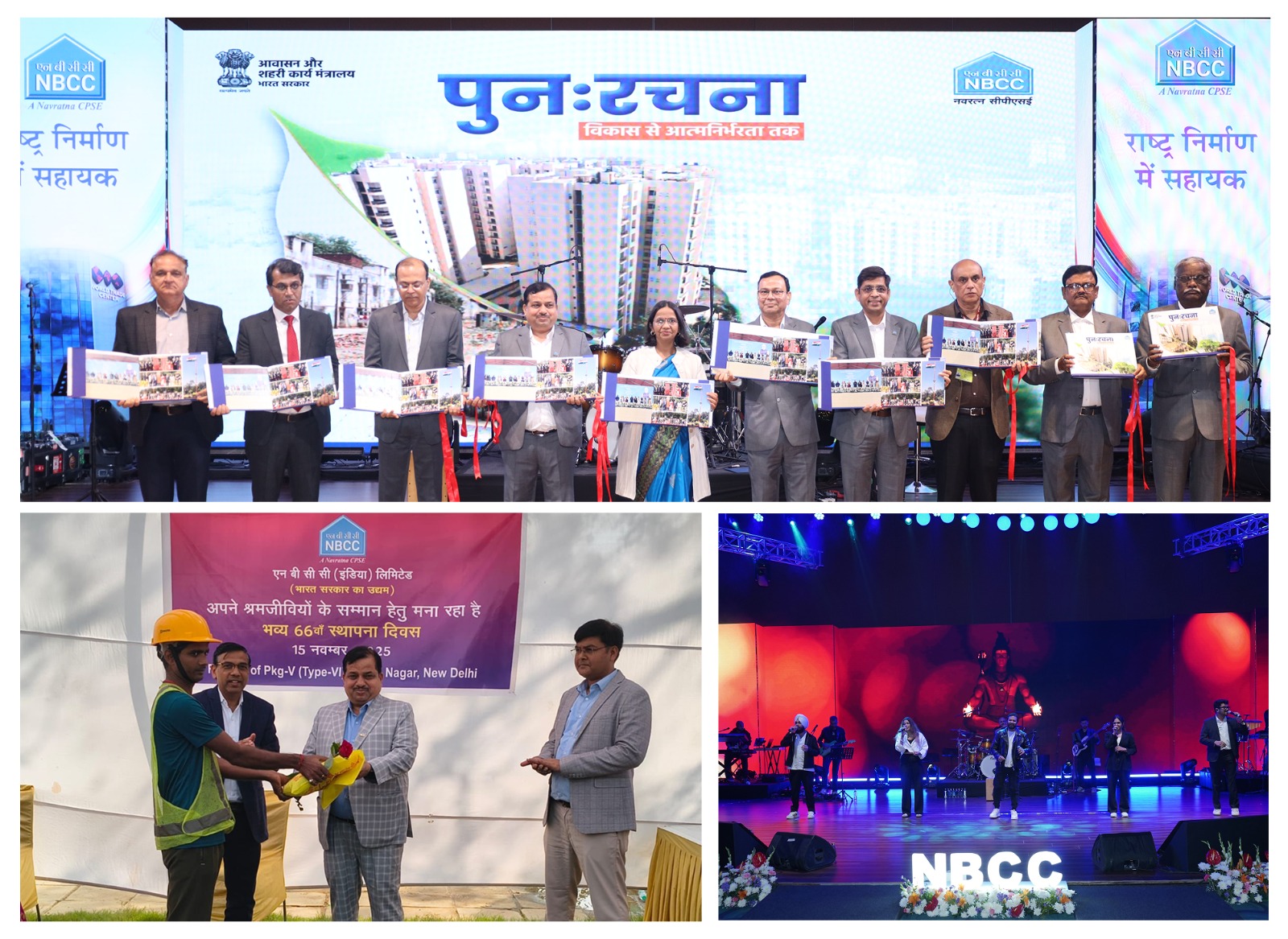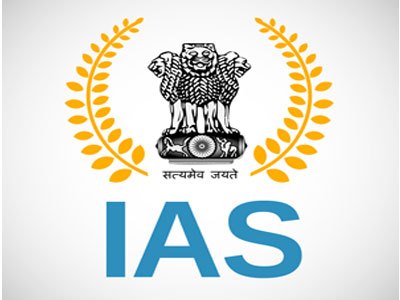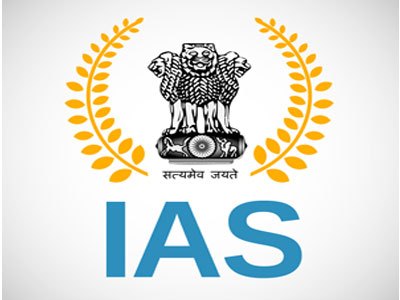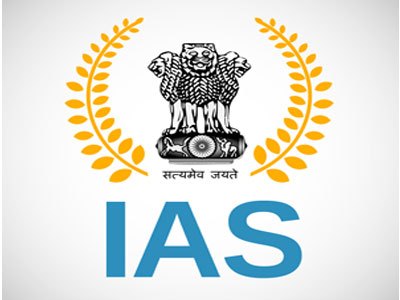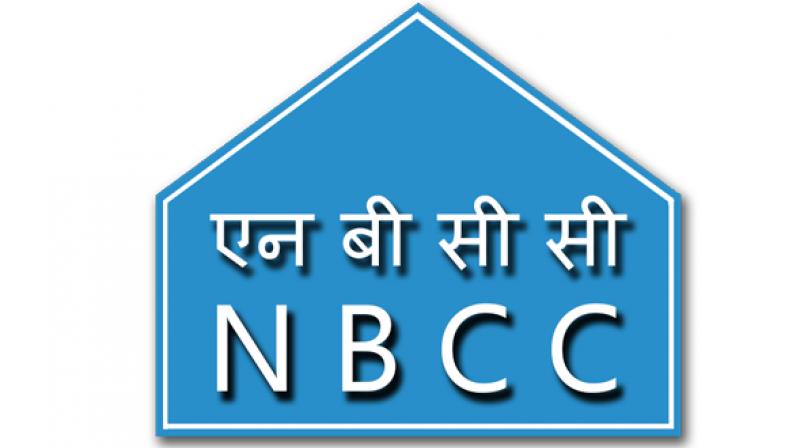Shivraj Singh Chouhan will visit the Pusa Krishi Vigyan Mela 2025 in New Delhi tomorrow. Shri Chouhan will be the Chief Guest of the inaugural function. Pusa Krishi Vigyan Mela (PKVM) 2025 of Indian Council of Agricultural Research -Indian Agricultural Research Institute (ICAR-IARI) is going to be held during February 22-24, 2025. The theme of the mela is Unnat Krishi – Viksit Bharat. Ministers of State for Agriculture and Farmers’ Welfare Shri Ramnath Thakur and Shri Bhagirath Choudhary will be the Chief Guest of the Valedictory Session on 24th February 2025. Secretary DARE and Director General, ICAR, Dr. Himanshu Pathak will preside over the inaugural and valedictory sessions.
The main attractions of the PKVM this year will be:
Realizing the growing significance of climatic risk and nutrition, the research program at IARI laid emphasis upon on developing climate-resilient crop varieties and bio-fortified cultivars with enhanced nutrient profile along with higher productivity. During 2024, a total of 27 crop cultivars in 10 different crops namely, 7 in bread wheat, 3 in rice, 8 maize hybrids, 1 pearl millet hybrid, 2 chickpea cultivars, 1 pigeon pea hybrid, 3 mung bean varieties, 1 lentil variety, 2 double zero mustard varieties and 1 soybean variety have been released. These include 16 varieties and 11 hybrids. IARI has been making stupendous contributions in Basmati rice production and trade through development of superior varieties. Basmati rice varieties including Pusa Basmati 1718, Pusa Basmati 1692, Pusa Basmati 1509 and the ones with resistance to both bacterial blight and blast diseases namely, PB 1847, PB 1885, and PB 1886 contribute to about 90% of the 5.2 million tons of Basmati rice exports earning of Rs. 48389 crores from India in 2023-2024. During April to November 2024, the export earnings from our Basmati rice stands at Rs 31,488 crores. Two short duration non-Basmati rice varieties namely, Pusa 1824 and Pusa 2090 have been released, which can help provide sufficient time for after-harvest operations. Pusa RH 60 is a high-yielding, short-duration, aromatic rice hybrid with long slender grains, best suited for Bihar and Uttar Pradesh. Pusa Narendra KN1 and Pusa CRD KN2 are improved Kalanamak varieties with better resistance and higher yield, recommended for Uttar Pradesh.
Institute’s research program also laid focus upon nutritional security and developed eight biofortified cultivars. One bread wheat variety (HI 1665) and one durum wheat, HI 8840 was developed with high iron and zinc content, suitable for central zone. A multi-nutrient hybrid Pusa Biofortified maize Hybrid 5 has been developed, which is enriched with α-tocopherol (21.60 ppm) provitamin A (6.22 ppm), high lysine (4.93%) and tryptophan (1.01%). Pusa Biofortified Maize Hybrid-4 is biofortified with high provitamin A, lysine, and tryptophan. Pusa Popcorn Hybrid-1 and Hybrid-2 offer high popping percentage and butterfly-type popped flakes, ideal for NWPZ and PZ zones. Pusa HM4 Male Sterile Baby Corn-2 is a male sterile-based hybrid developed for NEPZ, PZ, and CWZ zones.
Two double zero mustard varieties (Pusa Mustard 35 and Pusa Mustard 36) were released with low erucic acid and glucosinolates content; which provide high yield under timely sown irrigated conditions in Zone-III (Madhya Pradesh, Uttar Pradesh, Uttarakhand, and Rajasthan). Pearl Millet Pusa 1801 (MH 2417) is a dual-purpose variety (grain and fodder) biofortified with high iron (70 ppm) and zinc (57 ppm) content. It is resistant to multiple diseases and is best suited for the NCT of Delhi. Chickpea var Pusa Chickpea Vijay 10217 is a high-yielding variety resistant to Fusarium wilt, recommended for irrigated conditions in Uttar Pradesh. Chickpea var Pusa 3057 has high seed protein content (24.3%) and is resistant to multiple diseases, including Fusarium wilt, collar rot, and dry root rot. It is also moderately resistant to pod borer and has large seeds with excellent grain color and shape. Pigeon pea var Pusa Arhar Hybrid-5 is a high-yielding variety (23.35 q/ha on average, with a potential of 25.46 q/ha) resistant to SMD, Phytophthora stem blight, Macrophomina blight, and Alternaria leaf spot, making it suitable for Delhi and NCT.


